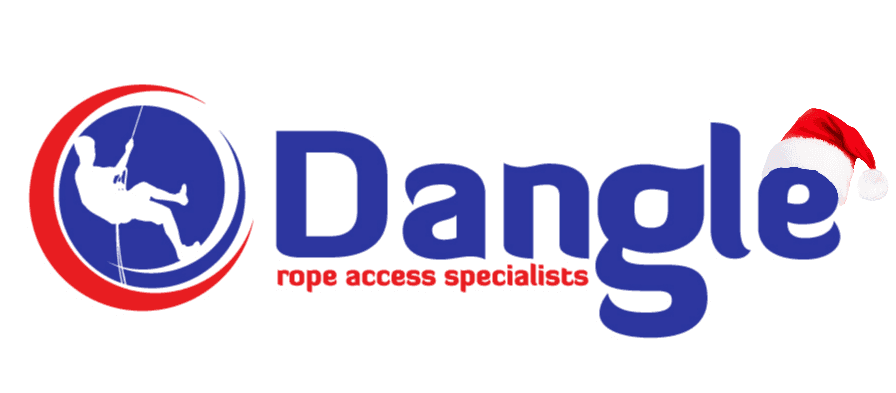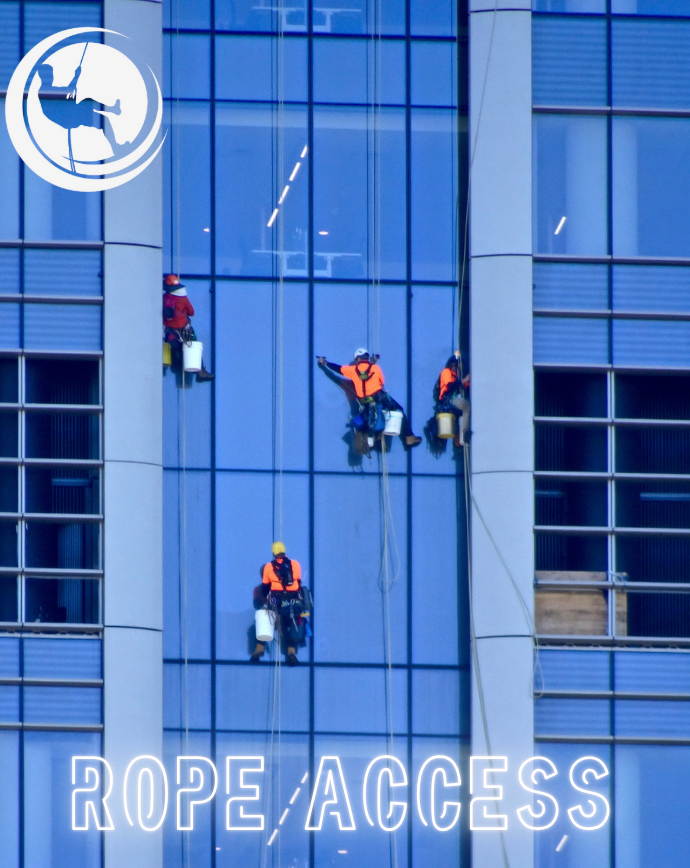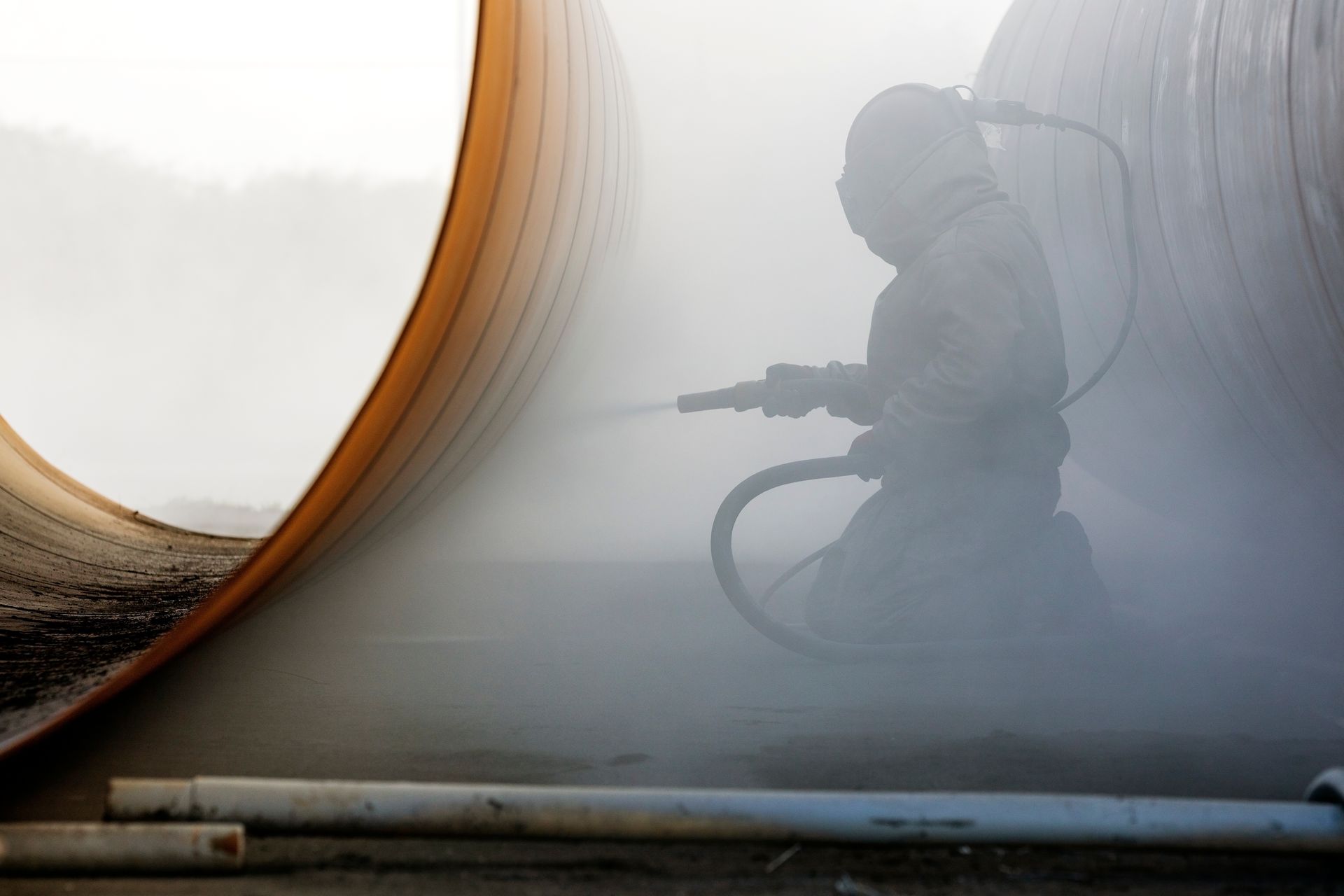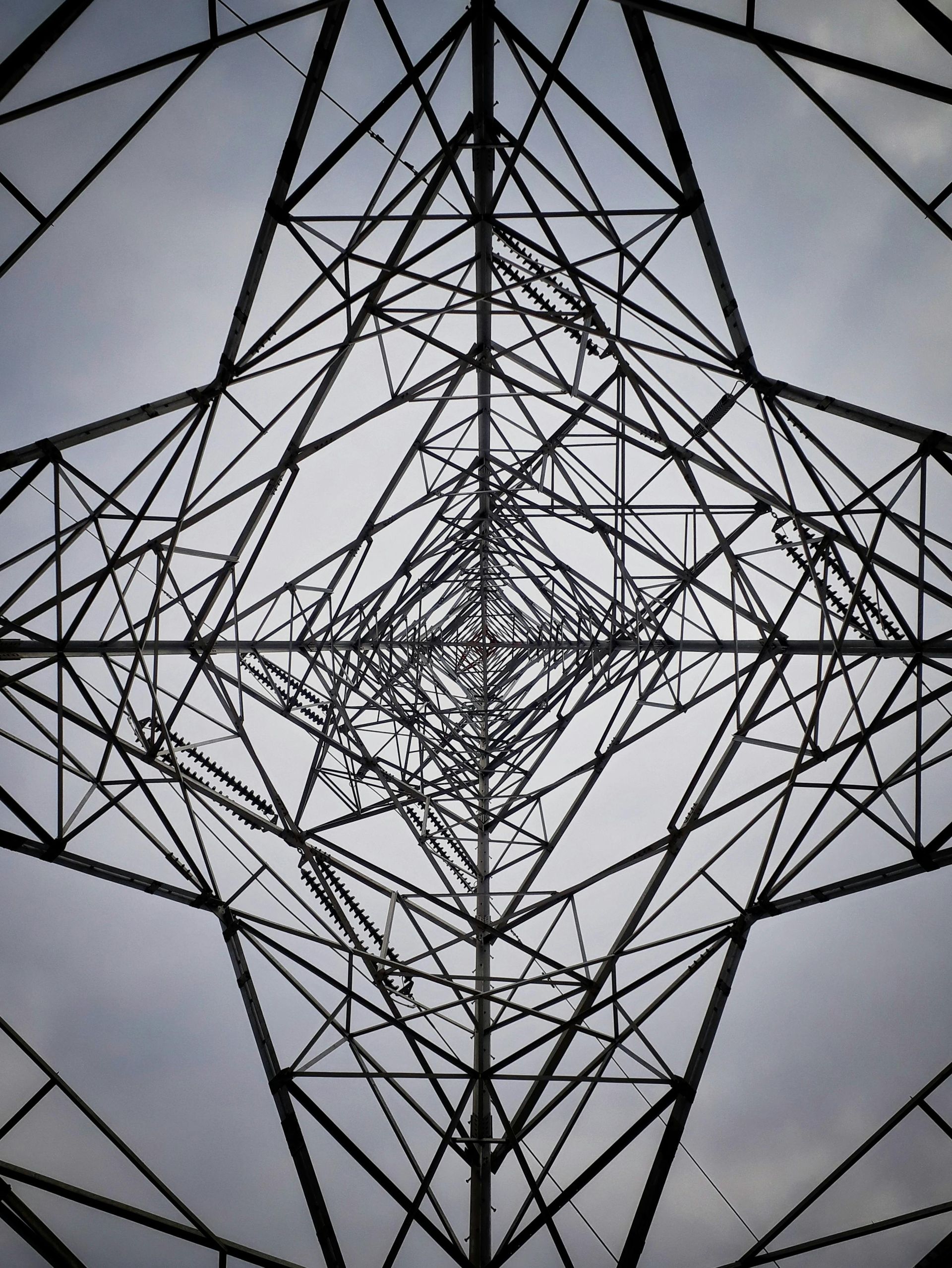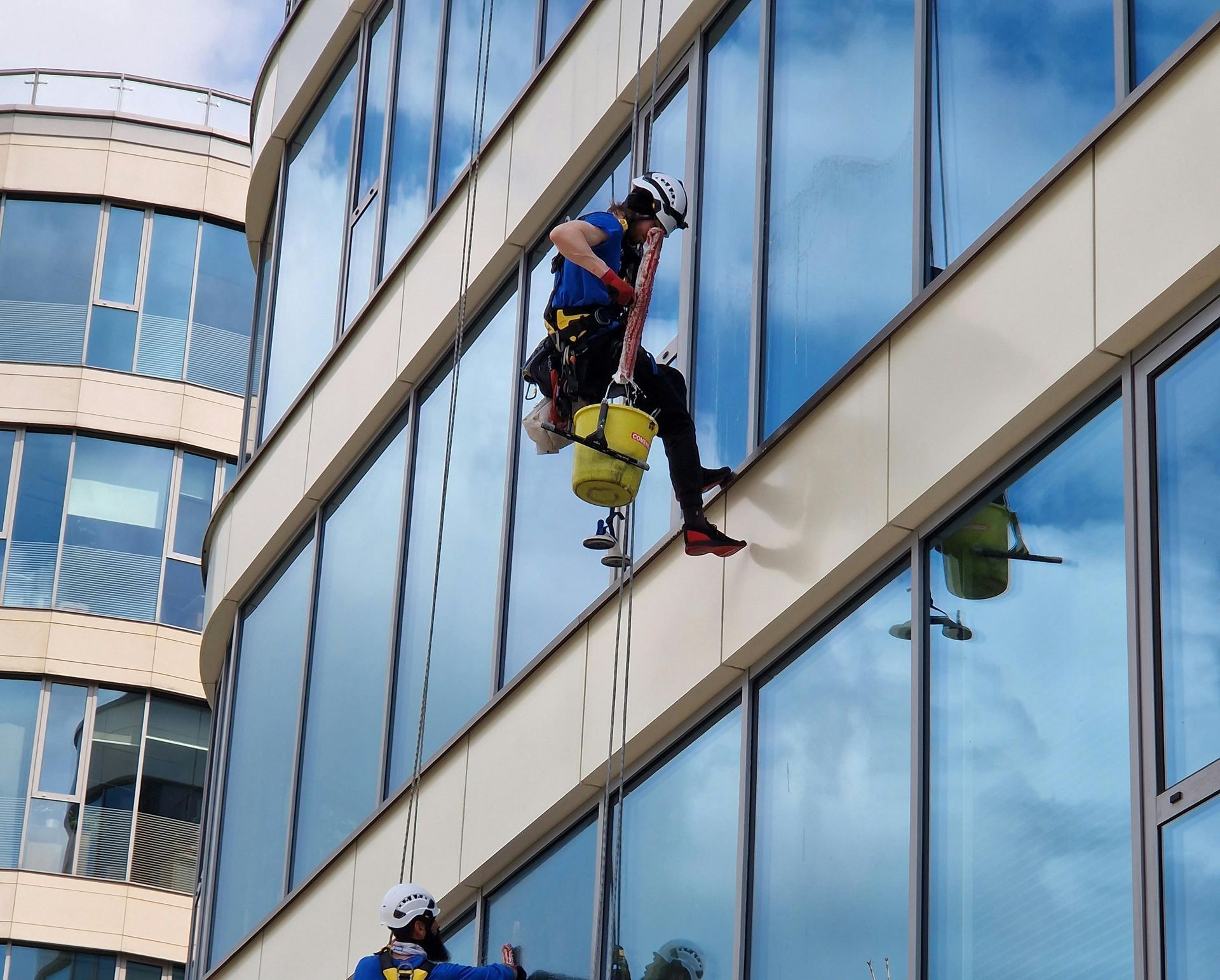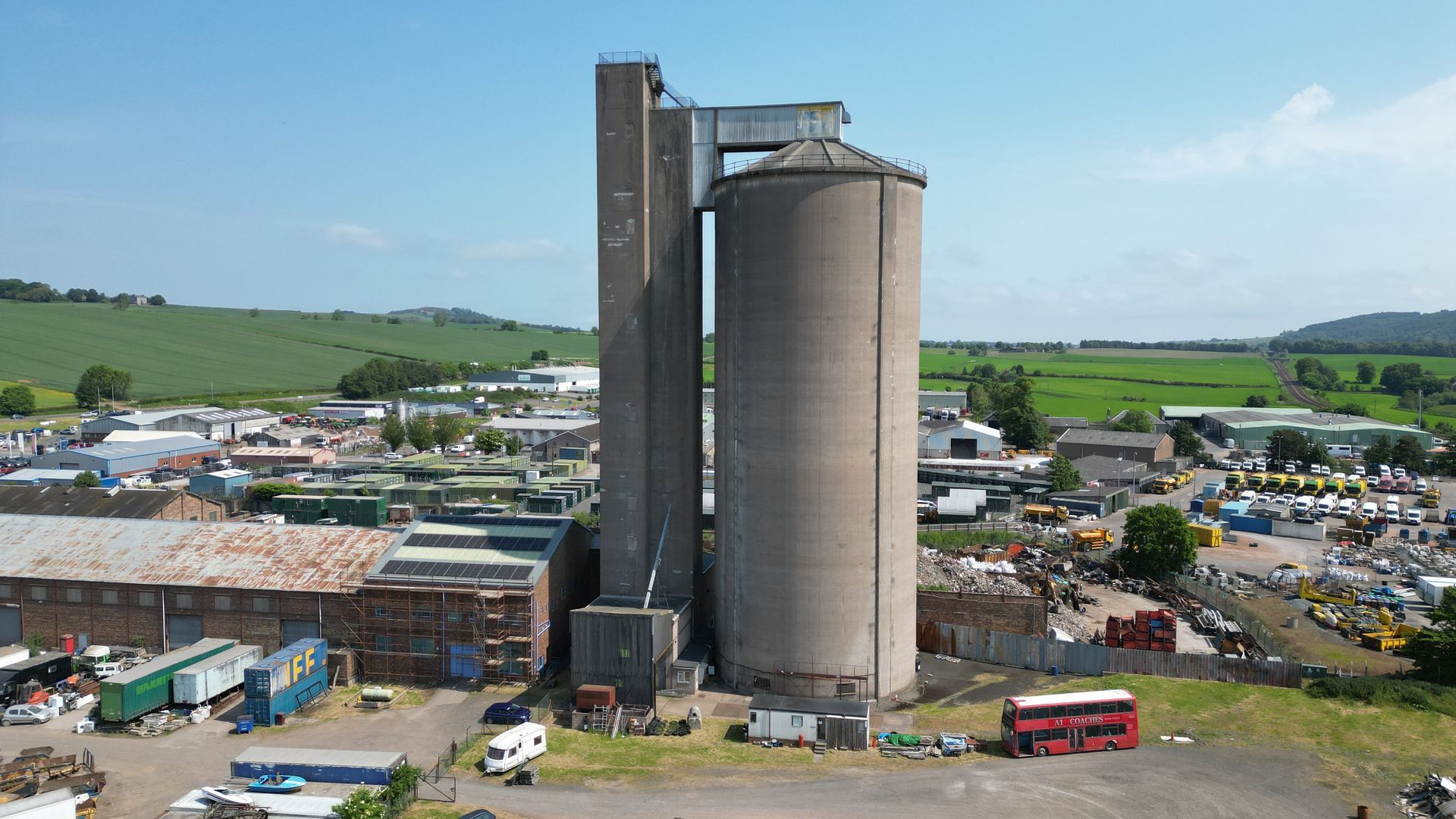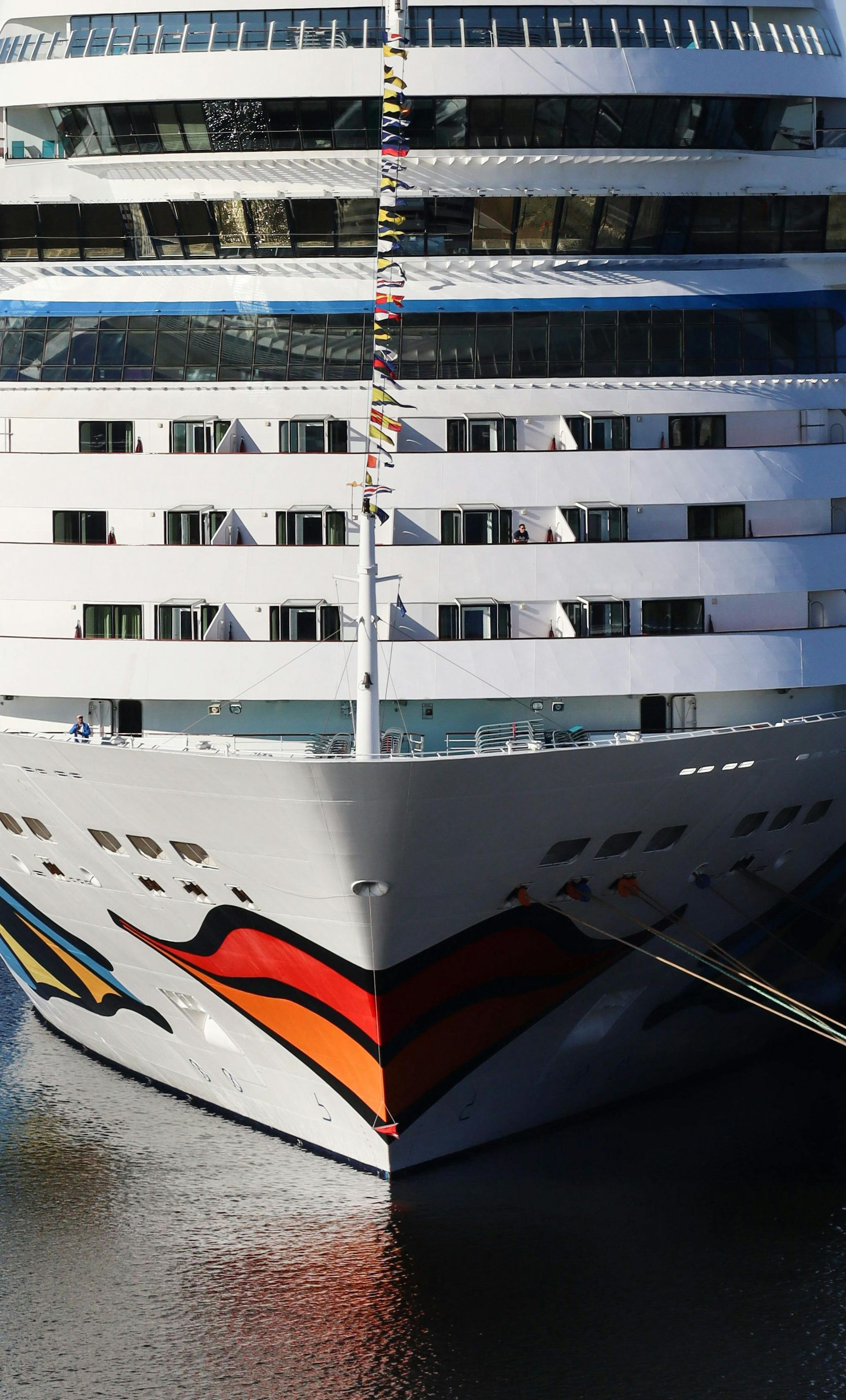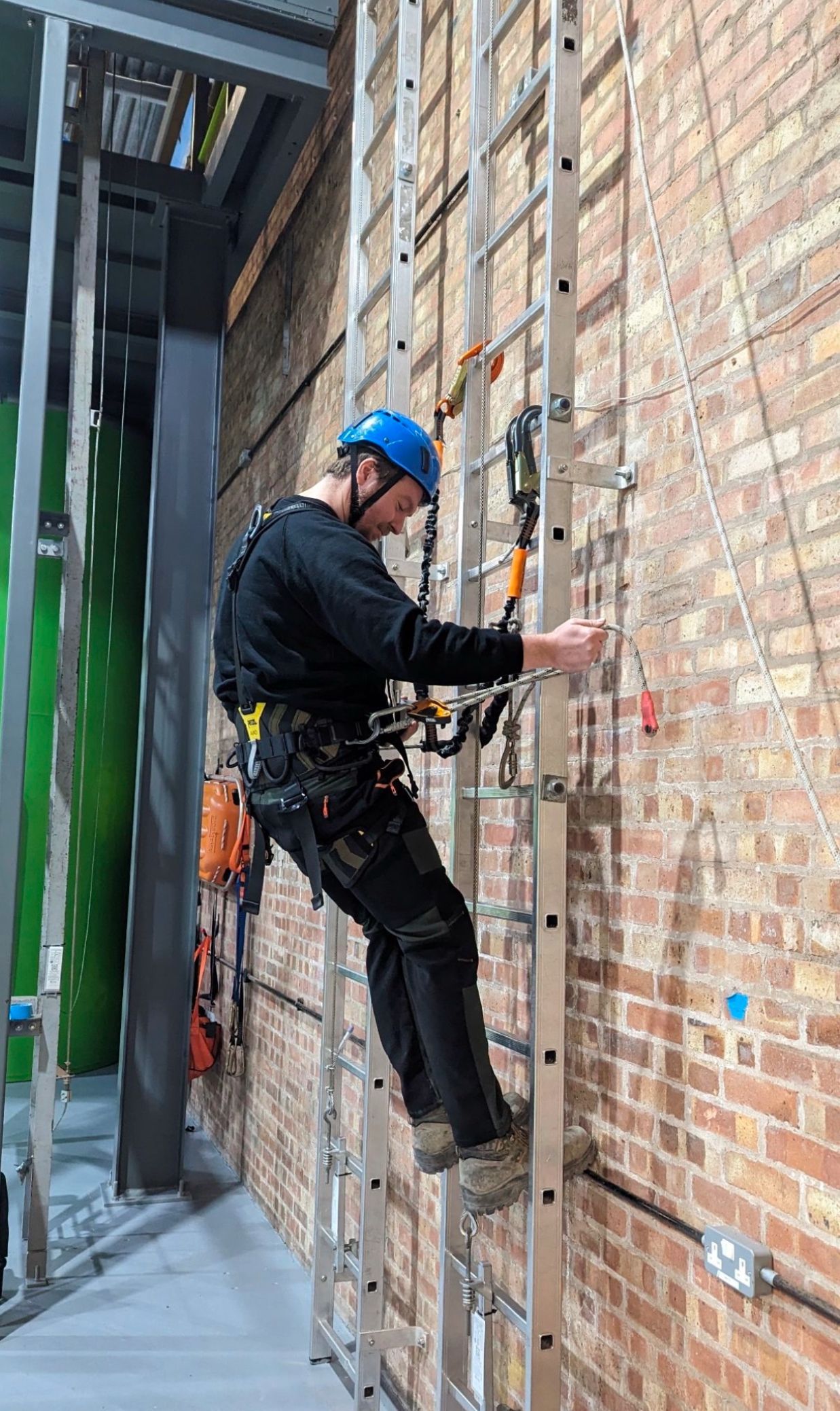Rescue Techniques using Ropes

The Importance of Rope Rescue Techniques: A Comprehensive Guide for Safe and Effective Emergency Operations
Introduction to Understanding the Significance of Rope Rescue in Emergency Situations
Understanding the Significance of Rope Rescue in Emergency Situations
In emergency operations, the importance of rope rescue techniques cannot be overstated. These techniques play a vital role in ensuring the safe and effective rescue of individuals in high-risk situations. Whether it is a search and rescue mission or a technical rope rescue operation, proper knowledge and implementation of rope rescue techniques are crucial.
Rope rescue involves the use of specialised work at height equipment and skills to navigate challenging terrains, such as steep cliffs or confined spaces, where traditional methods may not be feasible. High angle rescues, in particular, require meticulous planning and execution to ensure the safety of both rescuers and victims.
This comprehensive guide, brought to you from Dangle Rope Access, aims to provide an in-depth understanding of rope rescue techniques for emergency operations. It will cover various aspects, including equipment selection, knot tying, anchor systems, rappelling techniques, and communication protocols. By following these guidelines, emergency responders can enhance their capabilities and perform their duties with utmost professionalism.
Whether you are a seasoned professional or a novice in the field of rope rescue operations, this guide will serve as an invaluable resource to help you navigate through challenging scenarios safely and effectively.
The Essential Equipment for Rope Rescue Operations
In rope rescue operations, having the right equipment is crucial to ensure the safety and success of the scope. A well-equipped team relies on a range of specialised gear to navigate challenging environments and perform efficient rescues.
One of the most fundamental pieces of rope rescue equipment is a reliable harness. Harnesses provide essential support and attachment points for rescuers, allowing them to work confidently at heights or in precarious situations. These harnesses are designed with comfort, durability, and adjustability in mind, ensuring a secure fit for each team member.
Ropes are another indispensable component of rope rescue operations. Static ropes with high tensile strength are commonly used due to their ability to bear heavy loads and resist elongation. These ropes are carefully selected based on factors such as diameter, length, and construction to suit different scenarios encountered during rescue missions.
Carabiners play a vital role in connecting various components of the system together securely. These strong metal clips allow for quick attachment and detachment while maintaining reliability under extreme conditions. Rescuers rely on carabiners to create anchor points, connect ropes or slings, and facilitate smooth movement throughout the operation.
Pulleys are essential tools that enable mechanical advantage in rope systems. By utilising pulleys with low friction bearings, rescuers can multiply their force when hauling or lowering loads during a rescue scenario. These devices help reduce physical exertion while maintaining control over heavy objects or individuals being rescued.
Descenders are crucial devices that allow controlled descent during vertical evacuations or self-rescue situations. These mechanisms provide regulated speed while descending down ropes safely without causing excessive strain on the individual or compromising their safety.
When it comes to rope rescue operations, having access to appropriate equipment is paramount. Harnesses ensure secure attachment points for rescuers, while strong ropes provide stability and load-bearing capacity. Carabiners facilitate connections between components seamlessly, pulleys enable mechanical advantage when hauling loads, and descenders allow controlled descents. Together, these essential tools form the foundation of a well-equipped rope rescue team.
Key Steps and Procedures for Conducting a Successful Rope Rescue
When it comes to conducting a successful rope rescue task, there are several key steps and procedures that need to be followed. These steps ensure the safety of both the rescuers and the individuals in need of assistance. In this section, we will explore the essential components of a rope rescue operation, including the incident command system (ICS), risk assessment, patient packaging techniques, and adherence to IRATA (Industrial Rope Access Trade Association) guidelines.
The incident command system (ICS) is a crucial framework that establishes clear roles and responsibilities within a rescue operation, and is used by first response teams. It ensures effective communication and coordination among all personnel involved in the emergency task. By implementing ICS protocols, teams can streamline their efforts and maintain control over the situation, in a joint operation.
Before initiating any rope rescue operation, a thorough risk assessment must be conducted. This involves identifying potential hazards, evaluating their likelihood and severity, and implementing appropriate control measures. A comprehensive risk assessment helps rescuers anticipate challenges and adapt their strategies accordingly.
Patient packaging techniques play a vital role in ensuring the safe extraction of individuals during rope rescue operations. Properly securing and immobilising patients minimises further injury or discomfort during transportation. Rescuers must be well-versed in various packaging methods to cater to different scenarios effectively.
Furthermore, adherence to IRATA guidelines is crucial for maintaining safety standards during rope rescue tasks. IRATA (Industrial Rope Access Trade Association) provides internationally recognised standards for industrial rope access operations. Following these guidelines ensures that equipment is properly maintained, techniques are correctly employed, and personnel are adequately trained.
By following these key steps and procedures - implementing ICS protocols, conducting thorough risk assessments, employing effective patient packaging techniques, and adhering to IRATA guidelines - rescuers can conduct successful rope rescue tasks with utmost professionalism while prioritising safety at all times.
Rope Rescue Techniques for Different Scenarios: Vertical Ascents and Descents
When it comes to rope rescue techniques for vertical ascents and descents, it is crucial to have a comprehensive understanding of the various systems involved. These systems include ascending systems, descending systems, and belay systems. By mastering these techniques, rescue professionals can efficiently navigate challenging vertical environments and ensure the safety of both themselves and those they are rescuing.
Ascending systems are employed when moving upwards on a rope. These systems typically involve the use of mechanical devices such as ascenders or friction hitches that allow rescuers to ascend with relative ease while maintaining control and stability. Understanding the proper selection and application of ascending systems is vital to ensure efficient progress during vertical ascents.
On the other hand, descending systems are utilised when moving downwards on a rope. These systems often rely on devices such as descenders or rappel racks that enable controlled descent while managing friction and speed. Proper knowledge of descending techniques is essential in order to execute safe and controlled descents during rescue operations.
Belay systems play a critical role in providing an additional layer of safety during vertical ascents and descents. These systems involve the use of ropes, anchors, and various devices that allow for dynamic belaying or static belaying depending on the specific scenario. Belaying effectively ensures that any potential falls or slips are mitigated by a backup system, minimising risks associated with rope rescue operations.
By understanding and implementing these various vertical rope access techniques - ascending systems, descending systems, and belay systems - rescue professionals can confidently navigate challenging environments with precision, ensuring successful outcomes in their life-saving endeavours.
Rope Rescue Team Training: Building Skills and Ensuring Safety in High-Risk Environments
Rope rescue training programs play a crucial role in preparing teams for the challenges of working in high-risk environments. These programs focus on building skills and ensuring safety through a combination of theoretical knowledge and practical exercises.
One key aspect of rope rescue training is team coordination exercises. These exercises are designed to enhance communication, trust, and collaboration among team members. By simulating challenging scenarios, teams can practice working together effectively and develop strategies to overcome obstacles.
Simulated scenarios are an integral part of rope rescue training programs. These scenarios replicate real-life situations that rescuers may encounter in high-risk environments. By exposing trainees to these simulated scenarios, they can gain hands-on experience and learn how to respond quickly and effectively while maintaining safety protocols.
Overall, rope rescue training programs provide essential skills and knowledge to individuals who work in high-risk environments. Through team coordination exercises and simulated scenarios, these programs ensure that rescue teams are well-prepared to handle emergencies while prioritising the safety of all involved parties.
The Role of Technology in Modern Rope Rescue Practices: Innovations and Tools for Enhanced Efficiency
In recent years, technology has played a significant role in revolutionising rope rescue practices, enhancing efficiency and safety for both rescuers and victims. One of the notable advancements in this field is the integration of drones into rope rescue operations.
Drone-assisted operations have proven to be invaluable tools in search and rescue missions, particularly in inaccessible or hazardous areas. Equipped with high-resolution cameras and thermal imaging capabilities, these unmanned aerial vehicles provide real-time visual data that aids rescuers in assessing the situation more accurately. This allows for quicker decision-making and more effective deployment of resources.
Furthermore, drones can be equipped with specialised equipment such as winches or ropes, enabling them to deliver essential supplies or establish temporary anchor points remotely. This not only reduces the risk to human rescuers but also expedites the overall rescue process.
The use of drones in rope rescue operations has also resulted in improved situational awareness. By capturing aerial footage from various angles, rescuers can gain a comprehensive understanding of the terrain and potential obstacles they may encounter during a rescue mission. This information helps them plan their approach strategically, mitigating potential risks and ensuring a smoother operation.
While drone-assisted operations have undoubtedly enhanced efficiency in rope rescue practices, it is important to note that they are not meant to replace skilled human rescuers. Instead, these technological advancements serve as valuable tools that augment their capabilities and improve overall operational effectiveness.
As technology continues to advance at an unprecedented pace, it is crucial for rope rescue teams to stay updated on the latest innovations and tools available. By embracing these advancements responsibly and integrating them into their training programs, rescuers can further enhance their ability to save lives while ensuring their own safety during challenging rope rescue scenarios.
Upholding Safety Standards through Continuous Training and Adherence to Best Practices in Rope Rescue Operations
In the realm of rope rescue operations, upholding safety standards is of utmost importance. To ensure the well-being of both rescuers and those in need of assistance, continuous training and adherence to best practices are crucial.
One prominent organisation that plays a significant role in this domain is IRATA (Industrial Rope Access Trade Association). With its comprehensive Training and Certification Scheme (TACS), IRATA sets the benchmark for safe rope access operations globally.
Through TACS, rope rescue professionals undergo rigorous training programs that cover various aspects such as equipment usage, rescue techniques, risk assessment, and emergency procedures. These programs not only equip individuals with the necessary skills but also instil a strong emphasis on safety protocols.
By adhering to best practices outlined by IRATA's TACS, professionals in rope rescue operations can mitigate risks effectively and ensure a safe working environment. Regular assessments and audits further reinforce compliance with safety standards, allowing for continuous improvement within the industry.
Ultimately, upholding safety standards through continuous training and adherence to best practices is paramount in maintaining the integrity and effectiveness of rope rescue operations. By prioritising safety at every step, professionals can confidently carry out their duties while safeguarding lives.
About Dangle Rope Access
Here at Dangle Rope Access, we provide a variety of comprehensive inspection, access, coatings, and composite (IACC) industrial services. Our services are available to both the private and public sectors.
We offer high-quality proven solutions that will help reduce maintenance costs in both the long and short-term. We are based in Dundee, Scotland and also have offices based in Edinburgh, along with our newly established training centre in Northern Ireland Dangle Academy. Due to our company size and structure, we are able to offer a flexible and versatile approach to the way we run our business and the services that we offer our clients. And, as a leading painting company, we’ve worked on several renewable energy projects in the UK, Europe, and the US.
We work with both on and offshore with wind farm operators, and asset owners. For offshore wind farm maintenance, to onshore building maintenance, we can cover both the East and West coasts.
To find out more about how our team can help you contact us today. Our friendly, professional and helpful team is always on hand to help!
